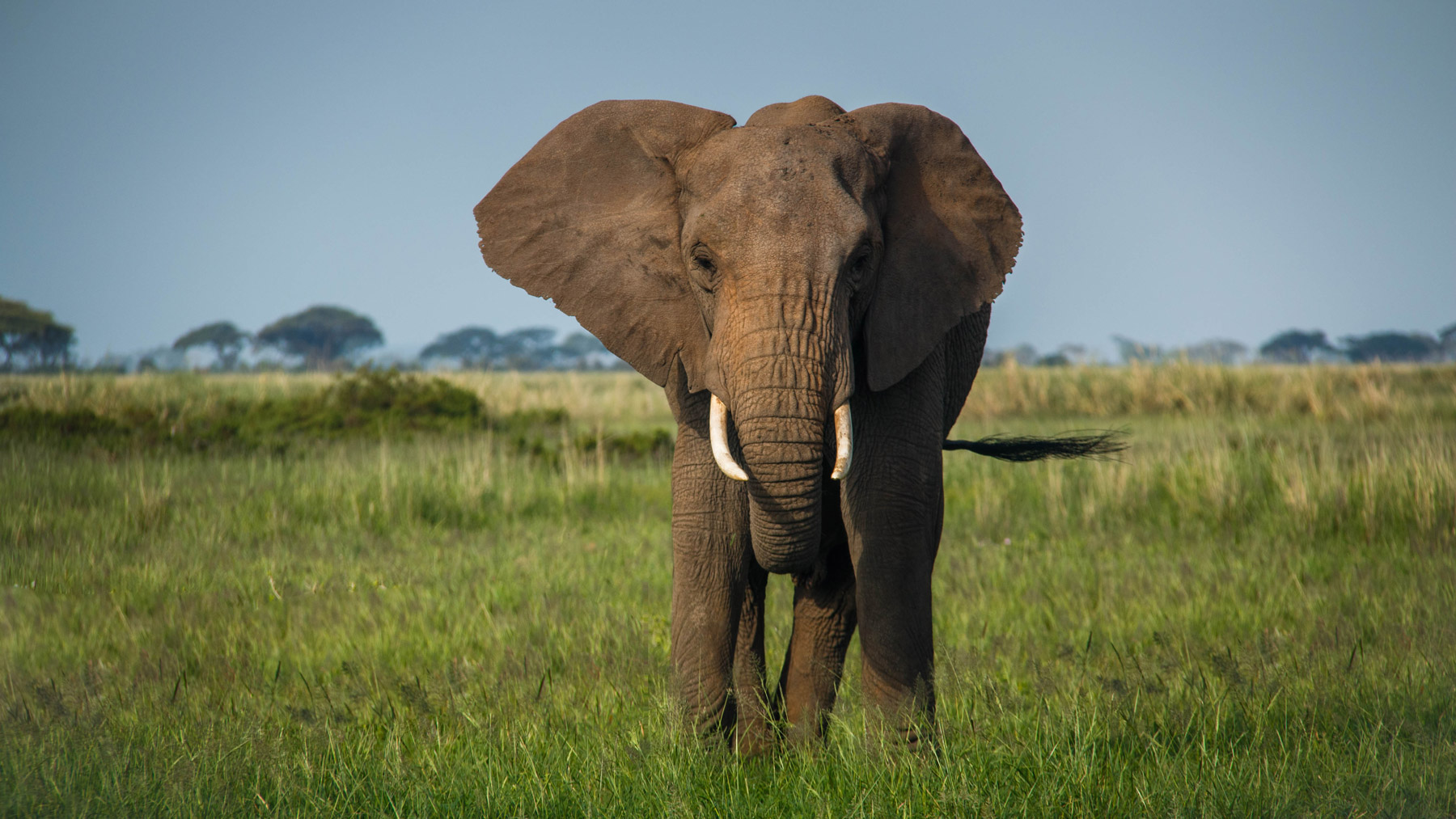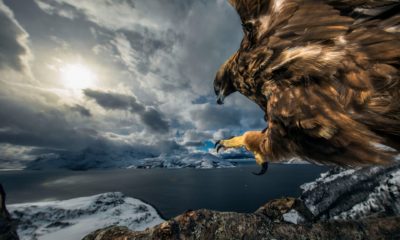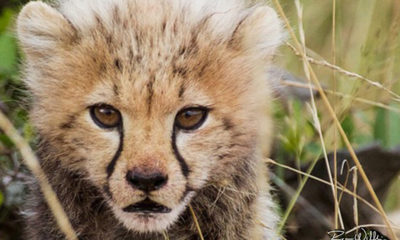A perspective on wildlife photography for conservation advocacy
When I first set foot in Africa, I felt a profound connection with the savannah and its wildlife. Initially, I put it down to a fleeting feeling, a common occurrence that comes with most first-time experiences. Over time, it became increasingly apparent that being amongst animals and in the African wildness created a timeless sense of peace that has since lasted many years.
From a young age, I’ve held a strong sense of empathy for animals, which has taken me on various activities to advocate for animal rights and welfare. Years on, when I lived and worked in East Africa, I felt a great sense of relief to be closer to the wild and regularly visited the wildlife in the reserves. It was a fertile space for my passion for photographing wildlife to grow. Since then, it has allowed me to convey my reverence for life and fondness of animals whilst promoting awareness of wildlife conservation – an avenue for expression that perhaps I had always wanted from a young age.
Seeking Wonderment
Watching and photographing wild animals existing in perfect harmony with their environment provides me with as much wonderment as it does solace. The untouched wilderness presents an idyllic place and represents a world that we perhaps ought to have lived in. The scenes are like gifts, and it is effortless to follow the best creative director there is out there: nature itself. We become mindful and, by being present, it is easy to realise the importance of protecting the land upon which so many lives depend.
Wildlife photography requires a lot of patience, though I rarely sense the time passing at all.
There is pleasure to be had in using cues from the sun’s angle, or its heat, as indicators of time. The waiting is rewarded by chance encounters with various creatures: a slight twitch of hyena ears in the savannah, a leopard slinking away into the riverine scrub, zebra moving through the savannah as dust devils swirl near the horizon. All of which brings as much excitement for me as seeing a lion in full view.
Then there are the rich connections made when you stay with a herd of elephants by the marsh for a while, or a pride of lions under the shade of an acacia tree, or when an infant baboon makes eye contact as it clutches onto its mother. In these brief moments, I am always struck by their beauty, and reminded of the need for them to exist, their place in the world, and our moral obligation to protect them.
The photographs I capture from these moments become an expression, an extension of my belief, that all creatures should have the liberty to lead lives free from harm, suffering and unnecessary death – issues which are increasingly pertinent as severe habitat loss, human-wildlife conflict, hunting and poaching continue to take devastating tolls on wildlife and ecosystems.
Conservation Photography
It is expected that the world’s population of wildlife will have dropped by 70% by the end of this decade leaving many species critically endangered, or worse, extinct. Regular reporting provides us with a plethora of statistics and shocking images that show the negative impact of human activity on the state of the natural world.
Photographs that capture the beauty of wildlife, however, can be a powerful vehicle for raising awareness of, and advocating for, conservation. They can invite viewers to appreciate the beauty of an animal, enquire more deeply into the issues that threaten the species, and compel them to want to protect it.
Moreover, photographs can tell a story and bring the humanity back into highly politicised issues.
The case of the African Elephant highlights such a need. There are less than 400,000 wild elephants left in Africa and it is one of the most rapidly declining species on the planet due to the ivory trade. Their survival currently hangs dangerously on the precipice of extinction: it is anticipated that if trends continue as they are, they will have disappeared from the Earth within the next couple of decades.
Intense contention at the recent CITES 17th Conference of Parties on whether the elephant should be afforded the highest protections under international covenants – the Appendix I status – was embroiled in debates over economics, conservation approaches and sovereignty.
The core ethics that underpin the fundamental reasons why we need to protect the elephant became lost in the noise. Messages about the value of life, biodiversity and preservation were largely absent from the dialogue.
Photographs can remind us of the humanity and ethics inherent in a situation, some of the very ingredients that seem to be absent from the machinations of the political and the bureaucratic.
Simple and clear messages, encapsulated by photographs, can help to cut through the noise. An image can speak, and convey a message that the fate of the elephant, and any other species, was never ours to determine; or that the elephant is no commodity, and that we were never entitled to use them as such. Images hold power because they are emotive and transcend the political, by how they touch the human spirit, and what it calls upon us to do. Wildlife photography can, therefore, become an enabler, an agent for change. It’s a way of simplifying the narrative into a universal language that may move us to take real and meaningful action to save species.
In a time when two-thirds of the world’s wildlife population will be gone by the end of the decade, the need for photographs to show the beauty of wildlife and the dire need to protect it is unlimited. My aim is to contribute towards this movement, and if the images do so in some way, however small or large, then the photographs have served their greatest purpose.

Her fine art prints are available for sale at bee-elle.com where a portion of all proceeds are donated to the Elephant Crisis Fund of Save The Elephants.
Instagram: www.instagram.com/bee.elle.wildlife
Captions and credit for images, from top down:
Wild and Free (Banner Image) – Photography by Bee-Elle – All Rights Reserved
Art of Nature – Photography by Bee-Elle – All Rights Reserved
Huntress – Photography by Bee-Elle – All Rights Reserved
Terra – Photography by Bee-Elle – All Rights Reserved
Dust Devil Savannah – Photography by Bee-Elle – All Rights Reserved
Security – Photography by Bee-Elle – All Rights Reserved
Mara Pride – Photography by Bee-Elle – All Rights Reserved
Into the morning mist – Photography by Bee-Elle – All Rights Reserved
As the storms brew – Photography by Bee-Elle – All Rights Reserved
Turn to Dust Series – Strength – Photography by Bee-Elle – All Rights Reserved
Dust Storm – Strength – Photography by Bee-Elle – All Rights Reserved
Bold – Photography by Bee-Elle – All Rights Reserved

























You must be logged in to post a comment Login